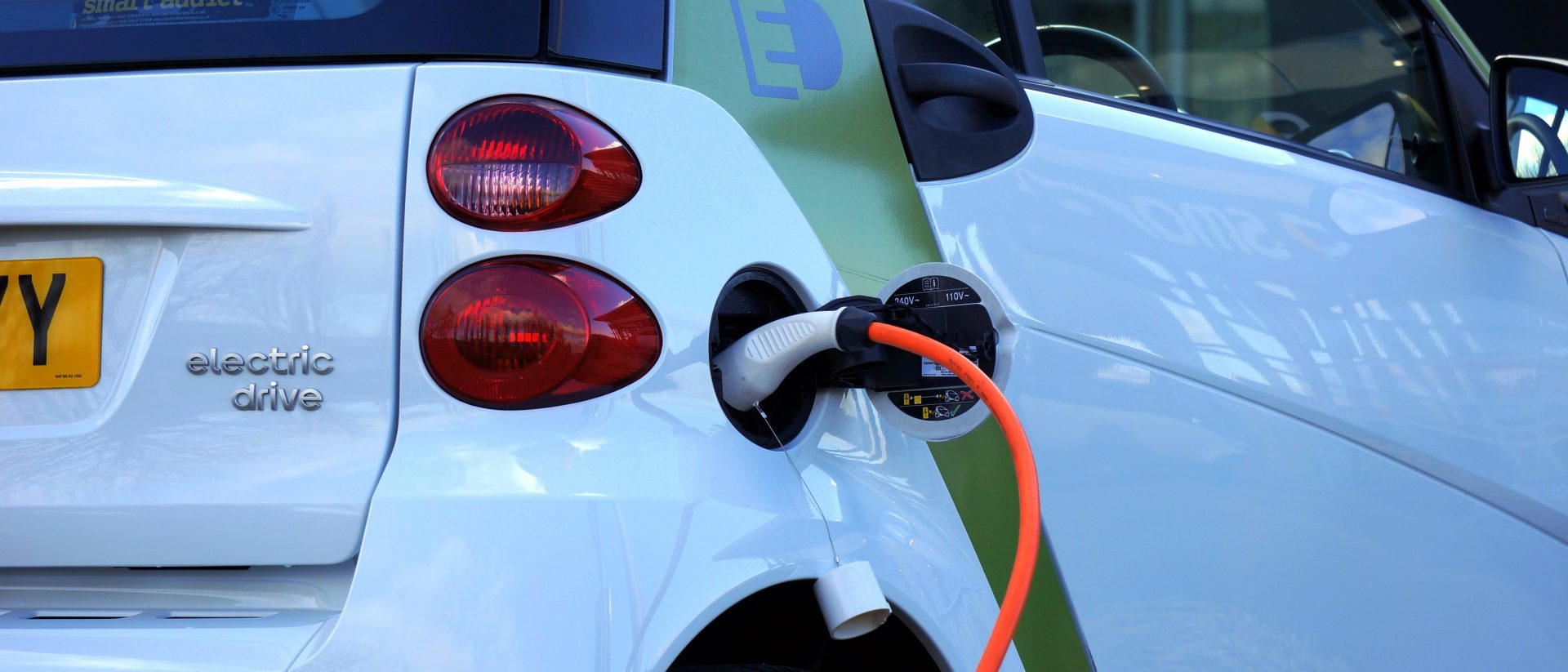- The REA responds to the BBC’s latest Panorama on Electric Vehicles;
- While the REA agrees with some of the programme’s messages, several statements made throughout the programme are either already solved or inaccurate;
- There are many times more cars per petrol/diesel pump in the UK on average compared to EVs by EV charger.
The REA (Association for Renewable Energy and Clean Technology) has responded to the BBC’s latest Panorama Programme on electric vehicles (EVs). The programme, which aired yesterday evening, was investigating whether the UK was ready for the Zero Emission Vehicle (ZEV) Mandate, with the conclusion that with today’s public charging infrastructure we would not be able to support 2030’s expected demand for charging.
However, the REA notes that several statements and scenarios that were aired are presently already solved on the market or simply inaccurate.
The programme claimed that it took an hour to charge 38 miles of range. This is not representative, with most EV’s on sale today capable of charging from 0-80% charge, some of which have over 300 miles of range, in under an hour at any rapid chargepoint.
Charging infrastructure deployment grew 35% last year and we expect this trend to continue. There does remain several serious regulatory barriers which currently add significant time and financial costs to chargepoint deployment, and the REA will soon be releasing suggestions on how to resolve these barriers. If adopted by Government, we would see a significant acceleration in deployment, unlocking EV charging across the country.
Matthew Adams, Transport Policy Manager at the REA (Association for Renewable Energy and Clean Technology) said:
“Claims that the UK does not have enough chargers were featured on yesterday’s BBC Panorama and have also been repeated recently in the media, however, the UK has over 40,000 public chargepoints, with 84% of EV owners able to charge at home.
“Therefore, only 16% of the over one million plug in vehicles on the road will need to use public charging infrastructure regularly, and with battery ranges going above 300 miles on many models, it is unlikely with the average journey in the UK being 20 minutes that these 16% of people will regularly use the public charging infrastructure.
“The issue of user difficulty of chargepoint payment systems was also highlighted on the programme, yet it is already being resolved; Government are introducing tough new regulations (The Consumer Experience at Public Chargepoints 2022) which will require all new public chargepoints above 8kW and new and existing above 50kW will be fitted with contactless payment. Furthermore, many chargepoint operators already deploy contactless readers and use best practice through standards such as PAS 1899 which ensure chargepoint cabling is light and easily accessible.
“The report also highlighted the important issue of charging for the 16% of current EV owners without a driveway. The REA expect this will rise to up to 35% of EV drivers, and presently there are several solutions on the market which enable EV owners to charge without blocking the pavement for others.
“The REA recognises that there is an information failure where customers are not always informed about these options at the point of sale and are working with industry to resolve this.”
—ENDS—

